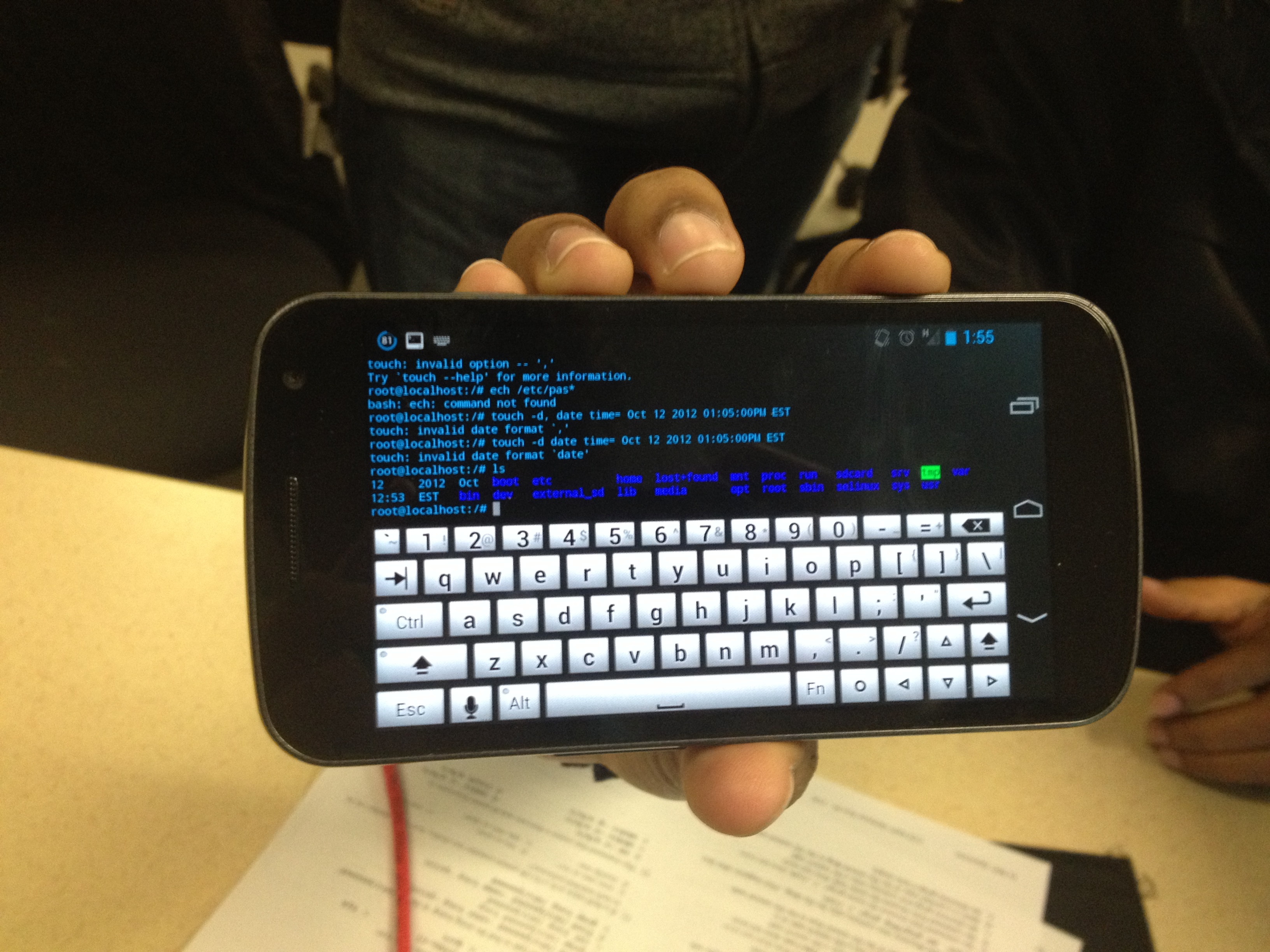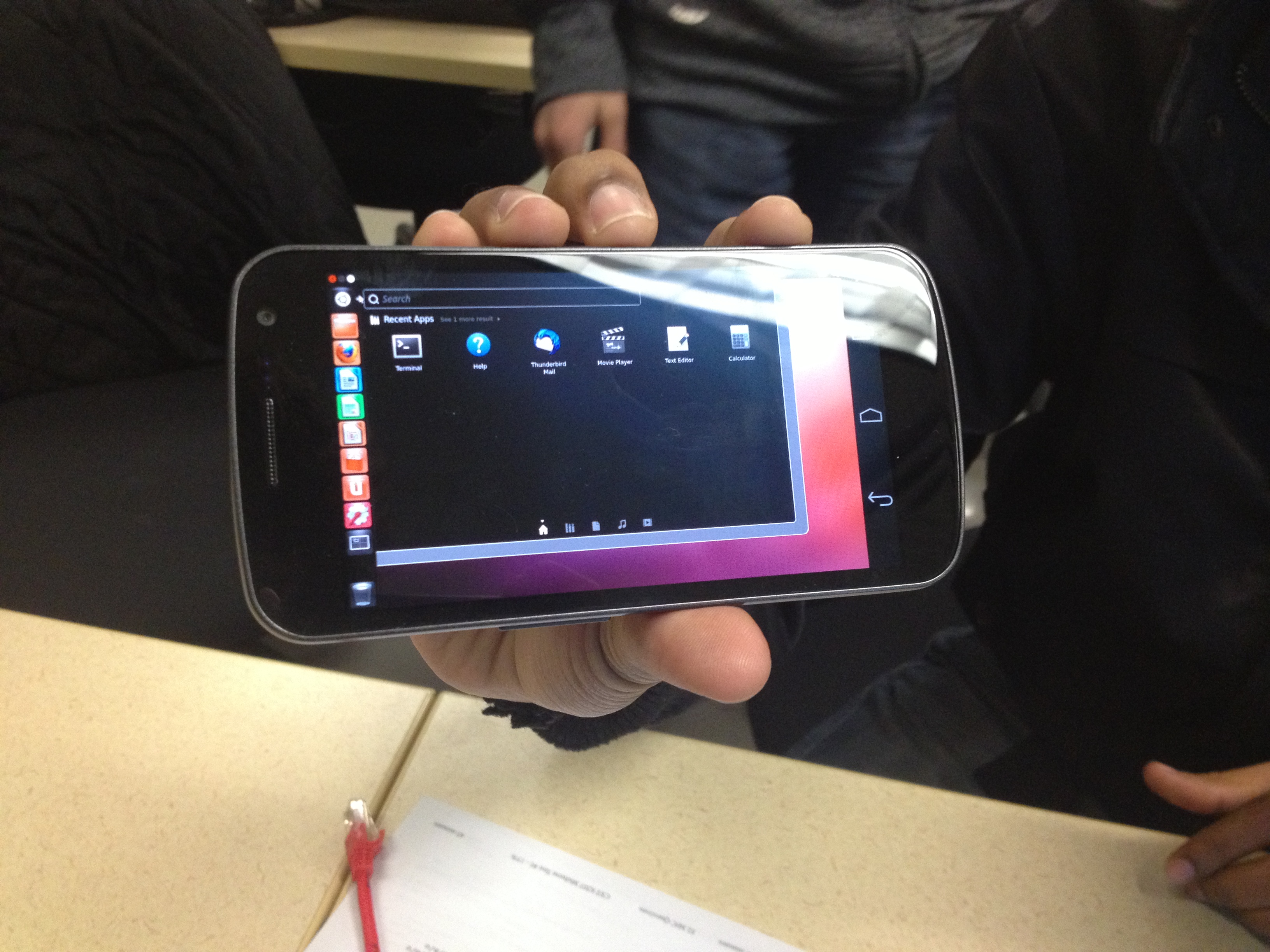1 Course Linux Server repairsIndex
See the CST8207 Blackboard Announcements (also sent to your Algonquin EMail) for news regarding the Course Linux Server repairs.
Updated: 2012-10-21 23:32 EDT
See the CST8207 Blackboard Announcements (also sent to your Algonquin EMail) for news regarding the Course Linux Server repairs.
Review last week. Did you do everything assigned last week?
The command that creates new names for existing files is ln (link):
$ ln source targetKnow the meaning of each of the output fields of ls -dils:
2 4 drwxr-xr-x 24 root root 4096 Sep 12 12:12 /
2883589 4 drwxr-xr-x 2 root root 4096 Oct 5 02:05 /bin
2883666 104 -rwxr-xr-x 1 root root 105776 Feb 23 2011 /bin/ls
2883587 12 drwxr-xr-x 186 root root 12288 Oct 17 13:38 /etc
2889578 4 -rw-r--r-- 1 root root 2209 Mar 19 2012 /etc/passwdIf two names reference the same inode, all the above attributes (except the name) will and must be identical for the two names. All the above attributes, except the name, are stored with the inode itself. The names are stored in directories.
rm command removes files.
rm command only removes names. When all the names are gone, only then are the file data blocks released.
SSH Terminal on Phone

Ubuntu Desktop on Phone
See also Ubuntu on Phone for more screen shots.